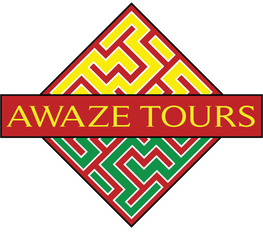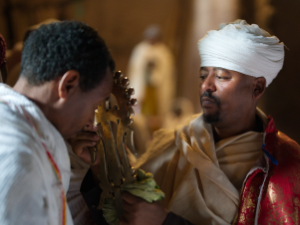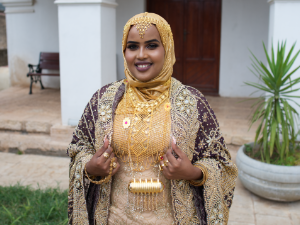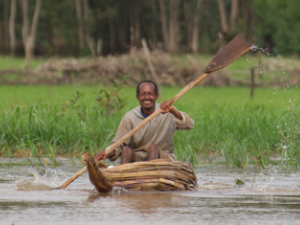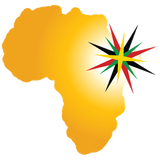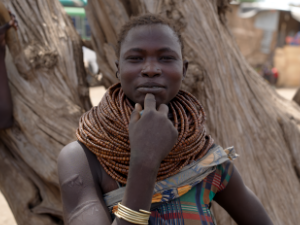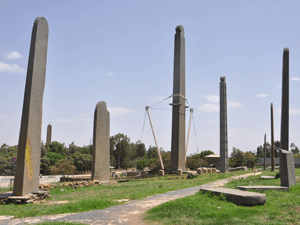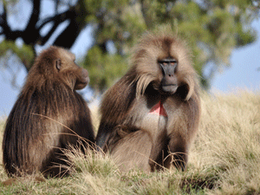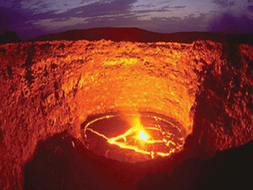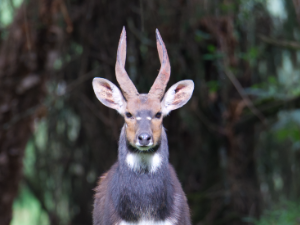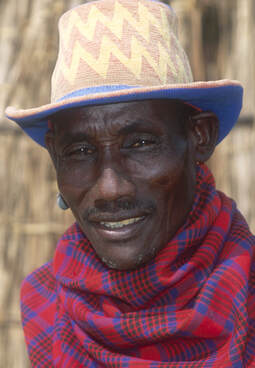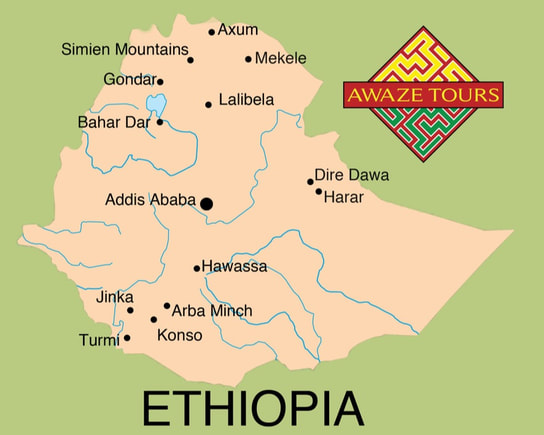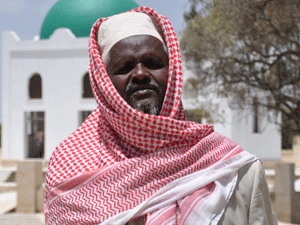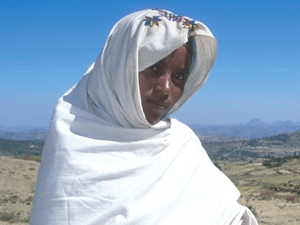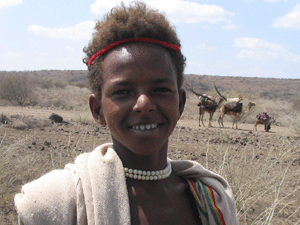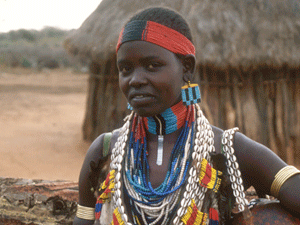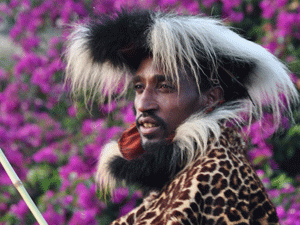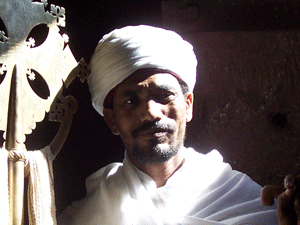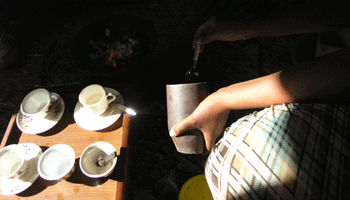What to See in Ethiopia
Ethiopia is a remarkably easy country to tour and Ethiopians are extremely welcoming of visitors from all nations. Unique cultures, natural beauty, amazing history, generous and hospitable people; there are many reasons to visit Ethiopia. Select any of the destinations below to discover more:
Intangible Cultural Heritage
Tentative List:
|
|
|
A Diverse NationThe major ethnic groups are the Oromo, predominantly in the south, the Amhara and Tigrai from the central and northern highlands, the Somali, the Sidamo, the Gurage, and numerous smaller groups. An Amhara, a nomadic Afar, a Mursi of the southern people, or a Gambella, all are very much Ethiopian, but each ethnic group is quite distinct in appearance, language, and culture. Over 80 languages are spoken with Amharic as the official state language. Even with this wide diversity, the Ethiopians show a degree of tolerance and acceptance towards other cultures that much of the world would do well to emulate.
While the Ethiopian Orthodox Church and Islam are dominant, traditional religions and evangelical Christians make up significant minorities. It is not uncommon to hear the Islamic call to prayer emanating from a mosque's minaret and then an hour later hear the prayers from a Christian Church on the same street. There is also a strong Judaic influence throughout the country although nearly all of the country's Jews emigrated to Israel in the 1990s. Ethiopians from all walks of life are extremely hospitable and welcoming and although you may receive additional attention as a foreigner, this is almost always due to a genuine curiosity about you and your homeland. |
|
The coffee ceremony is the traditional ritual for coffee preparation and drinking. It can take place at any time of day. The coffee beans are first roasted over hot coals while the aromatic smoke is wafted towards participants so they can smell the beans. Once roasted, the beans are ground up, put into a kettle with water, and boiled. After the brewing is complete, the coffee is poured into small cups and sugar is added. More water is then added to the grounds remaining in the kettle, which are brewed 2-3 times before new beans are roasted.
|
